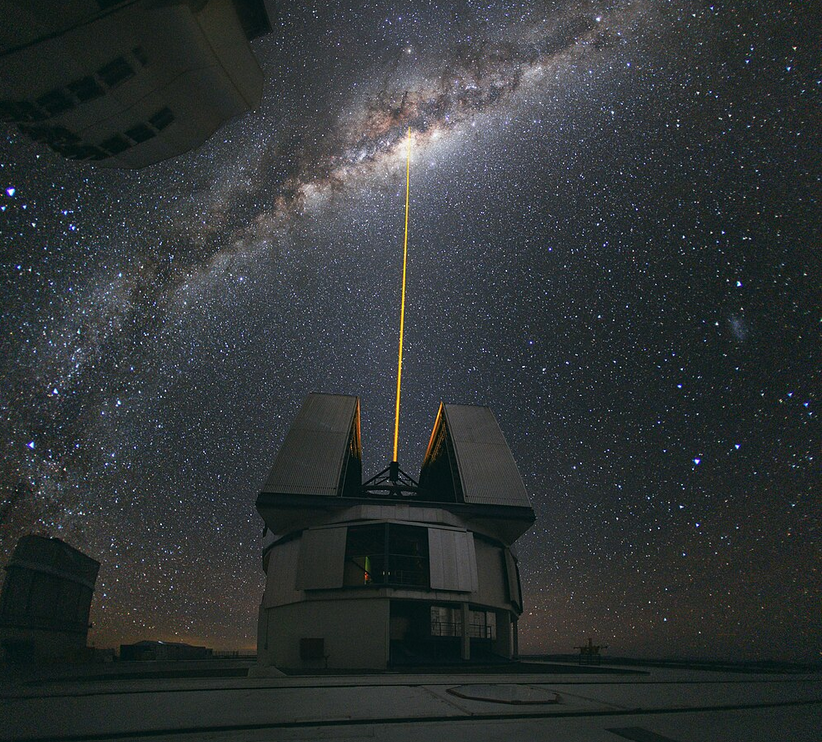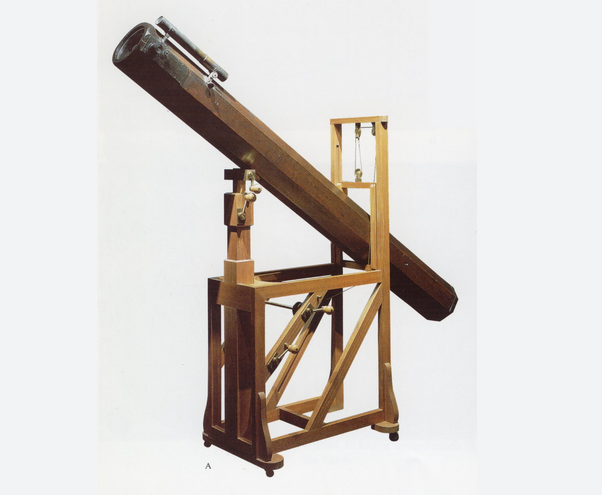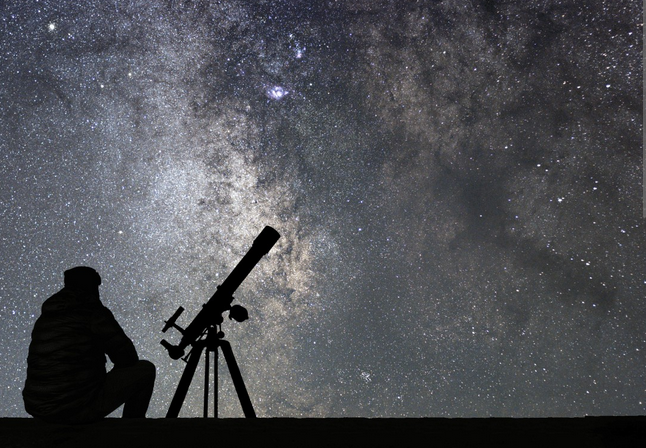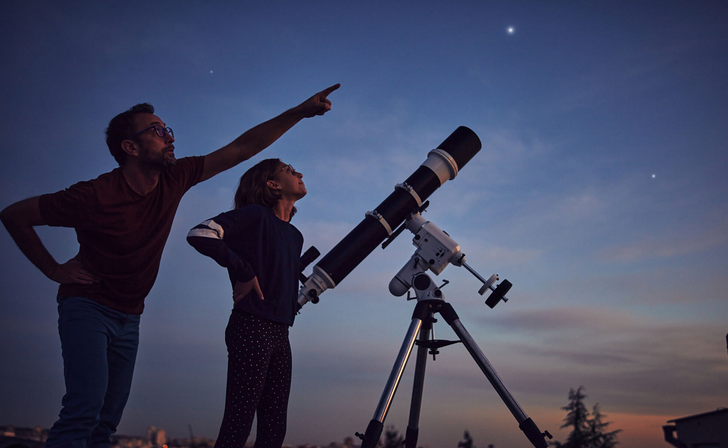Our view of the cosmos for thousands of years was reliant upon what we could see with the naked eye but then the telescope was invented. We can now see things that are vast distances away, a benefit that comes with some confusing terminology. Such a term is “good to see.” In this post we are going to look at this phrase and answer the question: what is good seeing?
What Is Astronomy?
Astronomy is considered a science which deals in the study of celestial objects and phenomena. It uses a combination of chemistry, mathematics and physics to try and explain and understand the mysteries of the universe.

The study of Astronomy includes taking note of planets, moons, stars, nebulae, galaxies, meteoroid, asteroid, and comets. In the study of these things astronomers learn about astronomical events such as:
- supernova explosions
- gamma ray bursts
- quasars
- blazars
- pulsars
- cosmic microwave background radiation
In the most basic terms astronomy is the study and scientific quest for understanding of any and all objects outside of Earth’s atmosphere. It is one of the oldest natural sciences and something humans have been studying for thousands of years.
History of Astronomy
The earliest uses of astronomy technically gel with the earliest uses of astrology. In the attempts to understand what is happening in the visible parts of the universe that we could see from earth humans discovered cyclical patterns.
Positioning of stars, the Moon and the Sun have historically been used in the building of religious shrines and places of worship showing signs of the understanding of these distant unknown celestial bodies. Throughout much of history if it could not be seen with the naked eye then humans were not aware of it.
Astronomers throughout history have made studies of what they can see, taken measurements and created theories regarding their observations some of which have been borne out as new technologies allowed for closer inspection of the objects.
Famous scientists such as Sir Issiac Newton formulated mathematical equations that have shown the movement of the planets around the Sun while earlier academics faced charges of heresy for suggesting anything other than Earth being the center of the solar system.
History of the Telescope
Our understanding of space has come largely from the use of telescopes over the centuries with advances in this technology helping us learn more and more. The first patent applied for a telescope type device was filed by a spectacle maker by the name of Hans Lippershy in the Netherlands in 1608. Hans did not receive the patent however but the concept for the telescope started to spread throughout Europe reaching the attention of Galileo Galilei.
In 1609 Galileo created his own version of the telescope and applied to his fascination with astronomy. He would make a great many discoveries with his device but the design would quickly become better and more complex with the help of Johannes Kepler. In 1611 Kepler determined that telescopes would be more useful with a convex objective lens.
It did not take long for the design of telescopes to become more complex and frankly unwieldy in their size. Around the 1660s astronomers such as Christiaan Huygens were producing telescopes with compound eyepieces. This made them much more powerful but hard to move around due to a much larger design.
The invention of the first reflector in such telescopes is credited to Sir Issiac Newton who designed it in 1668. This is a small diagonal mirror which is flat and mounted on the side of the telescope, the intent being to reflect light to the eyepiece.

There have been countless advances in telescopic technology since then and today we have massive complex telescopes housed in observatories all over the world and we even have ones orbiting the Earth such as Hubble.
Tips for the Best Stargazing
As we stand on Earth we are at the mercy of many factors when we want to indulge in a little amateur astronomy. The average person with a telescope and professionals in observatories all have to deal with conditions that may make viewing the cosmos tricky so in this section we are going to look at how to know when the conditions are right for stargazing.
Perfect Weather
It may not be surprising to learn that a cloudy night that blocks out the stars and even the moon is not going to be a viable evening for getting out the telescope. The fact of the matter is no matter how good a telescope is it will not let you see through dense cloud cover so you need to make sure the sky conditions are largely clear of clouds.

You can of course do this by checking the weather forecast for your region but also there’s no harm just stepping outside and looking up at the sky to confirm you can see the stars. Always look for the weather to tell you that your region will have high pressure as this tends to coincide with favorable viewing conditions.
Check Out Transparency
You may have a cloud free sky but sometimes other factors can create issues with getting a clear view. Dust in the atmosphere or moisture can create hazy conditions. You may be able to see the stars and things you are looking at but you might not get the clearest images due to the haze.
There tends to be less haze during the winter because the air is colder and cleaner air from the arctic regions trends southward.
Seek a High Spot
You can of course go out into your garden, set up your basic telescope and start searching the skies but ideally the higher you can be the more you can see. This is why professional observatories are usually built on high points.
If you have a balcony at home that you can set up on that is great but perhaps loading the telescope in a car and heading for the highest hill in your area may set you up for some successful stargazing. Unless you have a perfect set up at home to get elevation you should probably look to have a telescope that is more mobile so you can travel with it.
Factor in the Moon
There is an undeniable beauty to a big bright full Moon in the night sky but this is not the case if you are looking to indulge your astronomy hobby. In fact it can be frustrating to wait for the Sun to go all the way down just to have the full Moon light up the night sky.
The ideal time to stargaze is when the Moon is in a gibbous or crescent phase. You are looking to find conditions with a minimal amount of light if you are hoping to look into the distant regions of our solar system.
Light Pollution
Astronomers out in rural areas invariably have a better experience than those in built up urban areas. This is because there is less light in the rural areas at night. You may be astonished at how much light street lamps and the glow from the windows of thousands of homes can create and how far into the sky this light permeates.

If it is a possibility to truly enjoy your hobby and get the best results try and find a rural location away from large population centers from which to do your viewing. To understand why, look out of your window at home with the light on in the room. Next do the same but turn the light off. You will notice you can see more of what is happening outside with the light off in the room and this same concept holds for viewing the stars through your telescope.
What Is Good Seeing?
So finally we come to the subject of today’s post: what exactly is Good Seeing? Well basically it’s very self explanatory in that it means the best possible viewing conditions but it is based on a specific element of visibility.
When determining if there is good or poor seeing we are looking at something called thermal turbulence. A completely cloudless night can be ruined by thermal turbulence in the atmosphere. You set up your telescope and no matter you look at it all seems hazy and wobbly.
Seeing as a term refers to the steadiness of the atmosphere so good seeing means that there is little or no thermal turbulence. To understand thermal turbulence, have you ever been out on a hot day, looked down the road and seen a heat haze coming off the asphalt? If so, that is thermal turbulence.
Basically thermal turbulence is a wobble or shimmering when viewing objects in certain air conditions. This happens here on Earth and also to light passing through our atmosphere. The atmosphere has a refractive index which when it experiences changes can cause light to bend. Rapid changes in the index can create a wobble to the light and make things in space appear blurry.
Final Thoughts
Good seeing means that the atmosphere we are looking through is experiencing minimal thermal turbulence. This means we are getting a clear view beyond the atmosphere and that the light reaching us from stars and planets is not being bent or caused to wobble.
